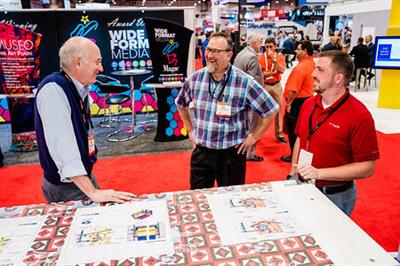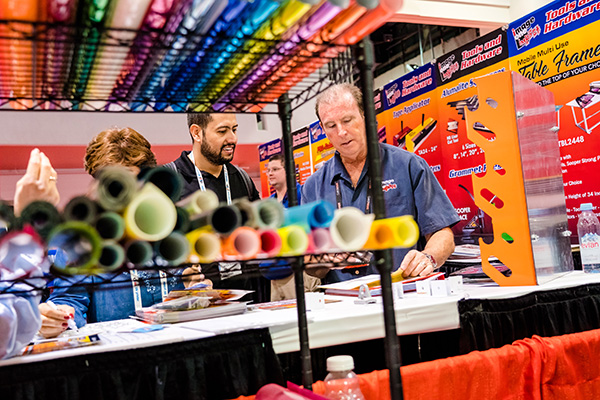While there is much discussion on convergence in today’s printing industry, it is neither new nor unique to this time. There are surely times in which convergence and its effects are more pronounced, but this concept is a part of our past, present and future. The discussion here helps us put convergence into context and suggests how it applies to our printing businesses.
We Have Converged
I’ve been working for the printing industry for more than 25 years, and to reference Heraclitus, the only thing that has been constant is change. Today, the industry segment (and the association) I signed on to represent in 1991 looks nothing like it did then. Technologies have changed, as have capabilities and customer expectations. Just after the turn of the century, heavy convergence occurred in the graphics segment as graphics producers, sign companies, photo labs and reprographic companies adopted a similar technology (wide-format inkjet) and realized they could access each other’s customers.
We Are Converging
 The evidence is there, in the pages of “Convergence in the Print Industry: Understanding Growth Opportunities and Competition,” the report from a survey conducted by SGIA and NAPCO Research. It reports that 95% of printing companies see opportunity for their own expansion, and 93% think cross-segment migration is occurring. Further, 81% of companies believe the rate of expansion will continue over the next five years. While many companies are investigating or actively seeking opportunity in other segments, the survey’s findings show the most significant, current migration is happening within the commercial and graphics segments. That said, printing companies across the spectrum (commercial, graphics, packaging, garment and industrial) all show strong levels of interest.
The evidence is there, in the pages of “Convergence in the Print Industry: Understanding Growth Opportunities and Competition,” the report from a survey conducted by SGIA and NAPCO Research. It reports that 95% of printing companies see opportunity for their own expansion, and 93% think cross-segment migration is occurring. Further, 81% of companies believe the rate of expansion will continue over the next five years. While many companies are investigating or actively seeking opportunity in other segments, the survey’s findings show the most significant, current migration is happening within the commercial and graphics segments. That said, printing companies across the spectrum (commercial, graphics, packaging, garment and industrial) all show strong levels of interest.
We Will Converge
One of the great things about photography is that it allows us to stop a moment in time, while reality continues to move unrelentingly forward. This is a good thing, but only if we realize and really understand that time’s movement, not stasis, is reality. On the understanding that change is constant and convergence will continue to affect our industry, now is the best time to ask yourself a few questions:
- Is your company based on a snapshot in time?
- Does it have the flexibility to evolve based on changes in markets, technologies, or opportunities?
- Is its measure for success based solely on technology or certain end-product types, or on meeting financial goals, thus allowing “space” for change to occur?

Coming Together
As the primary focus of the printing industry changes, so too does the playing field for industry events. PRINTING United (Dallas; October 23-35, 2019), presented by SGIA and NAPCO Media, will show the broadest view of today’s printing industry, and is based on the concept of convergence. As industry convergence continues, and as printing companies become less siloed, access to adjacent technologies and opportunities — those that often inspire new innovations in our core segments — becomes increasingly important.